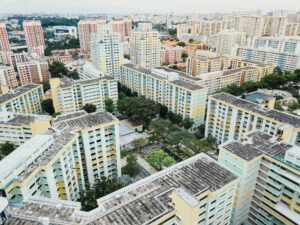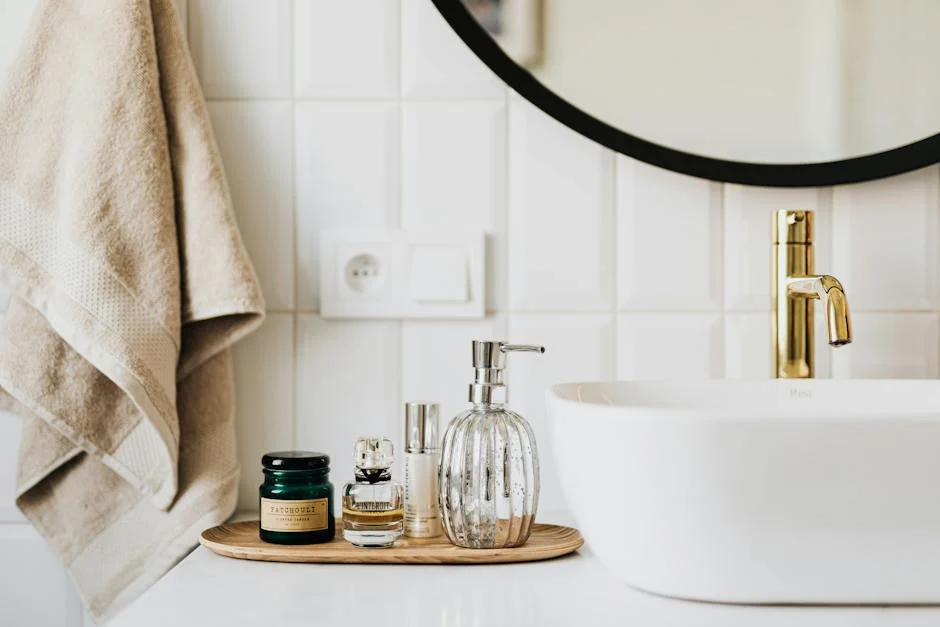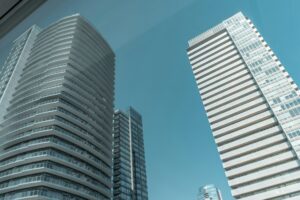
Calgary Residential Development Guide 2025: Best Locations & Strategies for Small to Mid-Size Projects
Calgary’s Evolving Development Landscape Calgary’s real estate landscape in 2025 offers unprecedented opportunities for small to mid-size residential developments such as boutique condos, townhomes, and 8-unit multiplexes. Recent citywide policy





